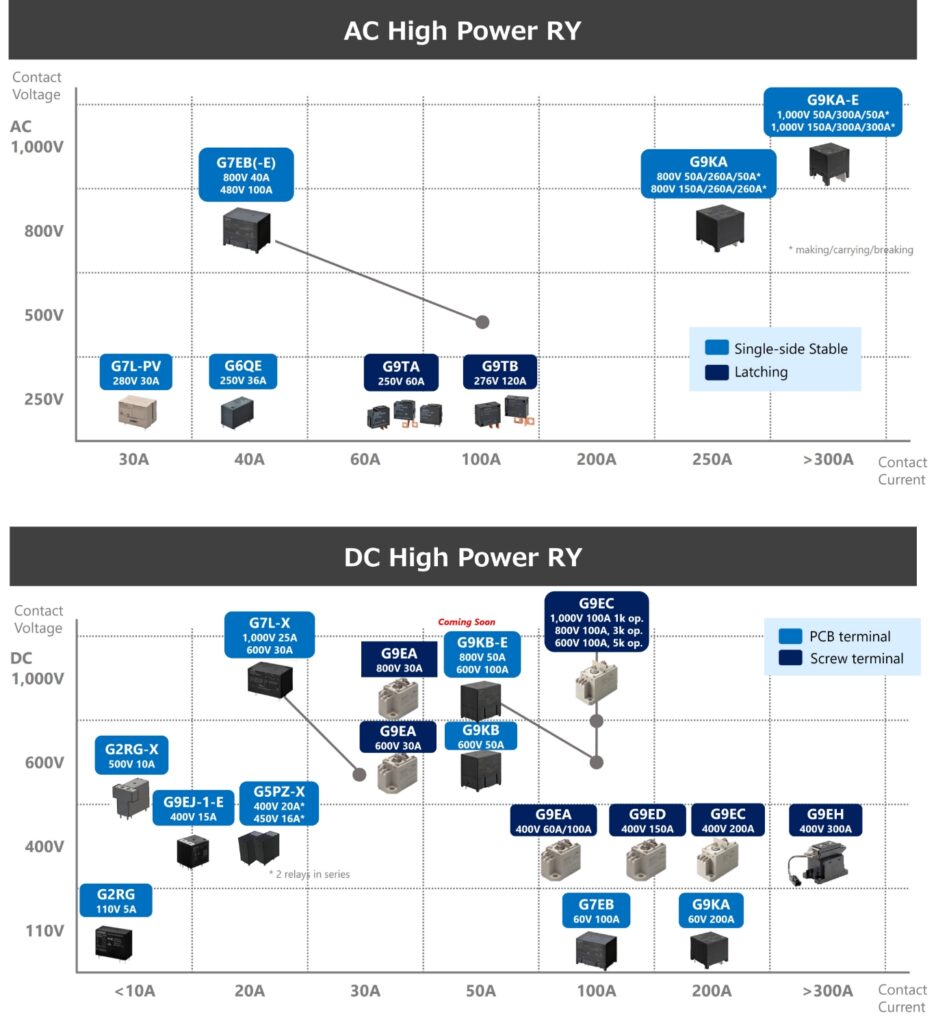ASIA ELECTRONICS INDUSTRYYOUR WINDOW TO SMART MANUFACTURING
OMRON to Disclose Carbon Footprint of Power Relays
OMRON Corporation will begin providing carbon footprint data of products (PCF*2) calculations based on global standards*1 for high-capacity power relays for energy storage systems and other new energy equipment to customers from May 2024. Next, the company will promote visualization of GHG emissions*3 throughout the supply chain in the electrical equipment industry. Finally, it will contribute to the acceleration of society’s decarbonization globally.

To realize a decarbonized society, society as a whole is required to reduce GHG emissions. Accordingly, countries are strengthening regulations regarding PCF to promote the reduction of GHG emissions. This is especially true in the manufacturing industry, where energy consumption is high. As a result, as a trend toward green procurement in the supply chain, the use of PCF disclosure as a policy for selecting suppliers has been increasing. Additionally, it is becoming necessary for companies to implement PCF calculations.
Calculating PCF Based on Global Standards
To strengthen the connectivity between non-financial and financial environmental impact, OMRON has introduced an “Environmental Evaluation Framework”. Additionally, it is working to design and develop products that take the environment into consideration. In line with this system, OMRON has established its own calculation guidelines for PCF based on global standards.
In the electronic components business, PCF is calculated based on the guidelines for the G9KB Series of high-capacity power relays for new energy devices such as power conditioners and storage systems. Consequently, it will provide calculation data upon customer request from May 2024. The PCF for this product series is calculated based on ISO 14067*4 and has been certified by a third party.
Gradually, OMRON will provide data on a wide range of high-capacity power relays to accelerate decarbonization. In addition, the company will speed up the deployment of PCF calculation models in conjunction with the demonstration experiment to determine GHG emissions in the supply chain (announced on Jan. 29, 2024), which began in March 2024.
OMRON will continue to contribute to the acceleration of a decarbonized society. To this end, it will lead in creating products and providing value to reduce environmental impact.
Main Specifications of the G9KB Series High-capacity Relays
The G9KB-E is a new product that will go on general sale on June 1st, 2024. The G9KB-E is a high-capacity version of the G9KB Series, which has the same size and weight as the G9KB reference model. However, it has a maximum opening and closing voltage of 800V DC and a maximum current of 100A. The rated value of 800 V DC 50 A and 600 V DC 100 A especially suits 15 to 40kW class battery-related applications such as power storage systems and EV charger/V2X.
Details on the G9KB Series of high-capacity relays are on this link G9KB | PCB Power Relays | OMRON Device & Module Solutions – Europe
Main Applications of the G9KB Series High-Capacity Relays

Lineup of High-capacity Relays

*1 Global standards: ISO 14067, PACT Pathfinder Framework, etc.
*2 PCF: Abbreviation for Carbon Footprint of Product. Calculates and displays the amount of greenhouse gas emissions (=GHG emissions) per product in terms of CO2 over the life cycle from raw material procurement to disposal and recycling.
*3 GHG emissions: Abbreviation of greenhouse gas emissions
*4 ISO 14067: One of the standards for climate change that defines requirements and guidelines for quantifying the carbon footprint of products
-28 May 2024-




